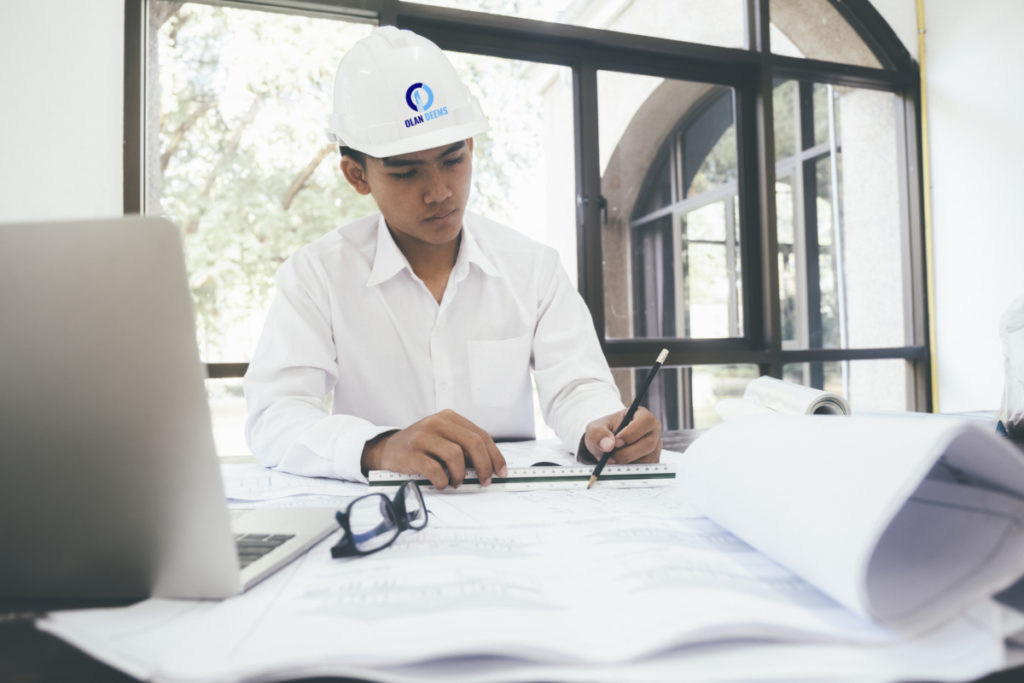Mastering Claims Management: Strategies for Success in Construction Projects
To effectively manage and control claims in the modern construction industry, adherence to a well-defined and robust claims management procedure is essential. This process must align with international standards such as those set by the Fédération Internationale des Ingénieurs-Conseils (FIDIC), which provides a framework for resolving disputes and handling claims in a fair, efficient, and predictable manner. The aim is to minimize disruptions and ensure the timely and cost-effective delivery of construction projects. This comprehensive guide expands on the traditional methods of claims management and integrates modern industry practices and technologies to enhance the effectiveness of handling claims.

Mastering Claims in Construction Projects
Definition and Scope of Claims
In construction, a claim refers to a subcontractor’s formal request for additional payment or compensation that falls outside the agreed subcontract terms and conditions. This may include claims for an extension of time, additional costs incurred, or losses and expenses arising from unforeseen challenges. Claims often stem from perceived or actual deviations from the subcontract, with distinct processes from those used for managing changes in the work, typically handled through variations and subcontract amendments.
Notification and Documentation of Claims
According to FIDIC guidelines and best practices in contract management, prompt and detailed notification of claims is crucial. Subcontractors must submit any claim in writing to the construction engineer or designated manager as soon as possible after the event giving rise to the claim. This submission must occur no later than 30 days following the incident. The initial notice should be followed by comprehensive supporting documentation within another 30-day period, detailing the basis of the claim and the requested adjustments.
Recording and Preliminary Assessment
Each claim received should be formally recorded in a Claims Register, assigned a unique identifier, and tracked throughout the process. The Main Contractor is responsible for notifying the project owner of any significant claims, especially those impacting time and cost. Initial assessments should categorize claims based on their nature and urgency, facilitating prioritized and appropriate handling.
Detailed Analysis and Evaluation
The construction manager, with the support of the project control manager and area construction superintendent, conducts a thorough analysis of each claim. This analysis involves:
– Verifying the claim against subcontract terms and project requirements.
– Consulting with field engineers and superintendents from relevant disciplines.
– Preparing detailed cost and time impact analyses.
– Developing recommendations for claim resolution, including potential compensation.
Decision-Making Process
Based on the analysis, the construction manager may:
– Approve the claim and suggest compensation if justified.
– Reject the claim with documented reasons if it contradicts contract terms or lacks merit.
– Request further detailed studies or additional information to resolve complex issues.
This decision-making process should be collaborative, involving key project team members to ensure that all aspects of the claim are considered, and the outcomes are balanced and fair.
Communication and Resolution
All decisions, along with supporting analyses and recommendations, must be communicated clearly and promptly to the subcontractor. This ensures transparency and maintains professional relationships. If a claim is approved, the agreed upon adjustments should be implemented effectively to mitigate any project delays or additional costs.

Mastering Claims in Construction Projects
Monitoring and Reporting
Regular updates and monitoring of the status of all claims are crucial. The construction manager should issue monthly claims reports to the project manager, summarizing:
– The status of each claim.
– Actions taken or pending.
– Recommendations for resolution.
This report not only provides an overview for management but also serves as a tool for ongoing project control and documentation for future reference or audits.
Continuous Improvement
The claims management process should be subject to ongoing review and improvement. Lessons learned from handling claims should be integrated back into the project management and planning processes to enhance future response strategies and minimize the occurrence of similar claims.
Conclusion
Effective claims management in construction is critical for maintaining project timelines, budgets, and relationships between all parties involved. By adopting a structured, transparent approach aligned with FIDIC standards, construction projects can handle claims more efficiently, thereby reducing the risk of disputes and ensuring project success. This proactive and methodical approach to claims management not only facilitates smoother project execution but also upholds the integrity and professionalism of the construction industry.












